These Photos Offer a Glimpse Into the Racial Politics of the 1950s South
Before he became a sports photographer, John G. Zimmerman captured a past that feels all too present
“Crisp! Cool! Colorful!” Anticipating what will likely be a long, hot summer in the small town of Yanceyville, North Carolina, a sign touts the merits of children’s cotton dresses.
But a chill evidently remains in the air. An African-American woman in this 1953 photograph is still in her wool coat. Her child, in his too-big suit, stares longingly at the department store’s mechanical horse, which is occupied by a little white girl in a smart pastel coat and matching bonnet. She returns the boy’s gaze, perhaps dimly aware of her part in this allegory of white privilege—a force with which the boy’s mother, her face set in an expression at once bemused and cautious, is all too familiar.
California-born photographer John G. Zimmerman was a white man in the midst of a crash course in Southern race relations when he snapped this photo. He would later be known as a pioneering news and sports photojournalist who used remote-controlled cameras to capture shots from the point of view of basketball hoops and hockey nets. But while he made his reputation with 107 Sports Illustrated covers to his name, he did some of his best work as a young freelancer in the South and Midwest during the 1950s.
These images are collected for the first time in a new book of Zimmerman’s early work, America in Black and White, and an accompanying traveling exhibition. They offer an intimate look at the segregated United States at the dawn of the Civil Rights era—and provide new context for a racist legacy that continues today.
Zimmerman witnessed the department store scene while on assignment for Ebony magazine. The story involved a black farmer who had been imprisoned for “rape by leer” of a white neighbor. It was a case of racism as its cruelest and most absurd: farmer Matt Ingram, who was never less than 25 feet away from his alleged victim, spent two-and-a-half years behind bars for his “crime.” Although he was later found not guilty on appeal, the case cost his family everything.
“They were trying to put the pieces of their lives back together, which they never did,” says Zimmerman’s daughter Linda. “My dad went into a grocery store with Matt and his wife. On the street people were staring at them, and you can just see the hatred in some of these photos. It's not even masked, it's not subtle, and it's really intense.”
In these photos, Ingram’s defeat is palpable. He slouches at the dinner table, watching warily as his family says grace over a mound of white bread. In another image, echoing the white girl in the department store, two Ingram children sit astride a borrowed mule.
Matt Ingram’s story represented a side of America that went largely unacknowledged by the white, mainstream press of its age—an injustice that Ebony, founded in 1945 as an African-American response to LIFE, worked to change. Although he was white, Zimmerman, who worked for Ebony between 1952 and 1955, seems to have absorbed some of his black editors’ sensibilities. They bled into his work for other clients, too: On assignment for LIFE, he captured black families waiting in long lines for polio inoculations, while white children were more swiftly treated. (Only the photos of white families ultimately ran in the magazine).
Zimmerman’s photos of white and black Americans occupying the same space are among his most striking. “You can just feel the tension,” notes Linda Zimmerman.
Still, inequity and segregation were not the only themes of Zimmerman’s assignments. Ebony aimed, in the words of founder John H. Johnson, to “show not only the Negroes but also white people that Negroes got married, had beauty contests, gave parties, ran successful businesses, and did all the other normal things of life.” To that end, the magazine sent Zimmerman to photograph highly trained black workers at a Lockheed Martin bomber assembly plant, one of the South’s few (partially) integrated workplaces. Another gig followed a day in the life of a prominent black mortician in Georgia who owned “a modern fleet of the latest model Cadillacs.”
One of Zimmerman’s most unusual assignments was to shoot a 1952 shoeshine contest in Wilson, North Carolina. Although LIFE decided not to run the article—whatever text may have accompanied these images is lost to time—the photos of black contestants, black spectators and white judges tell a story in themselves.
Contestants were judged on both craft and showmanship; they danced in place and “popped the rag,” playing the shoeshine cloth like a percussion instrument. The man acting as a customer hams it up, enjoying his role as the sort of swell who might have his shoes professionally shined. According to Linda Zimmerman’s research, some 1,200 people attended the competition, which was held three years in a row and carried a top prize of $6.
Despite the participants’ evident enthusiasm, to a contemporary eye these photos may be difficult to look at. After all, they bring the racist “shoeshine boy” stereotype—a black man, forced into menial work by poverty and Jim Crow, kneeling submissively at the feet of a white customer—to life. But another of Zimmerman’s LIFE assignments inverses this troubling image. In 1955, he took photos for a profile of Reverend Simon P. Montgomery, the first black minister appointed to a lead a white Methodist church. As with many of Zimmerman’s photos of integrated groups, the viewer is drawn toward the ambiguous expression of one particular subject—in this case, a white man kneeling before the black minister to receive communion.
“When you look at that old white guy, certain stereotypes come to mind,” observes Linda Zimmerman. “You think, ‘He probably is not too happy about this situation.’ But things are not always as they seem.”
According to the article that accompanied Zimmerman’s photos, the congregation unanimously chose Montgomery to lead their parish, welcoming his leadership after being impressed by his sermons. This context feels like a plot twist—and could lead viewers to question whether they have been primed by Zimmerman’s portraits of the Jim Crow South to imagine racial tension in a photograph where it may not exist. But perhaps our quickness to resort to stereotypes merely reminds us that the historical period Zimmerman so ably captured is not that different from the present.
/https://tf-cmsv2-smithsonianmag-media.s3.amazonaws.com/accounts/headshot/amy.png)
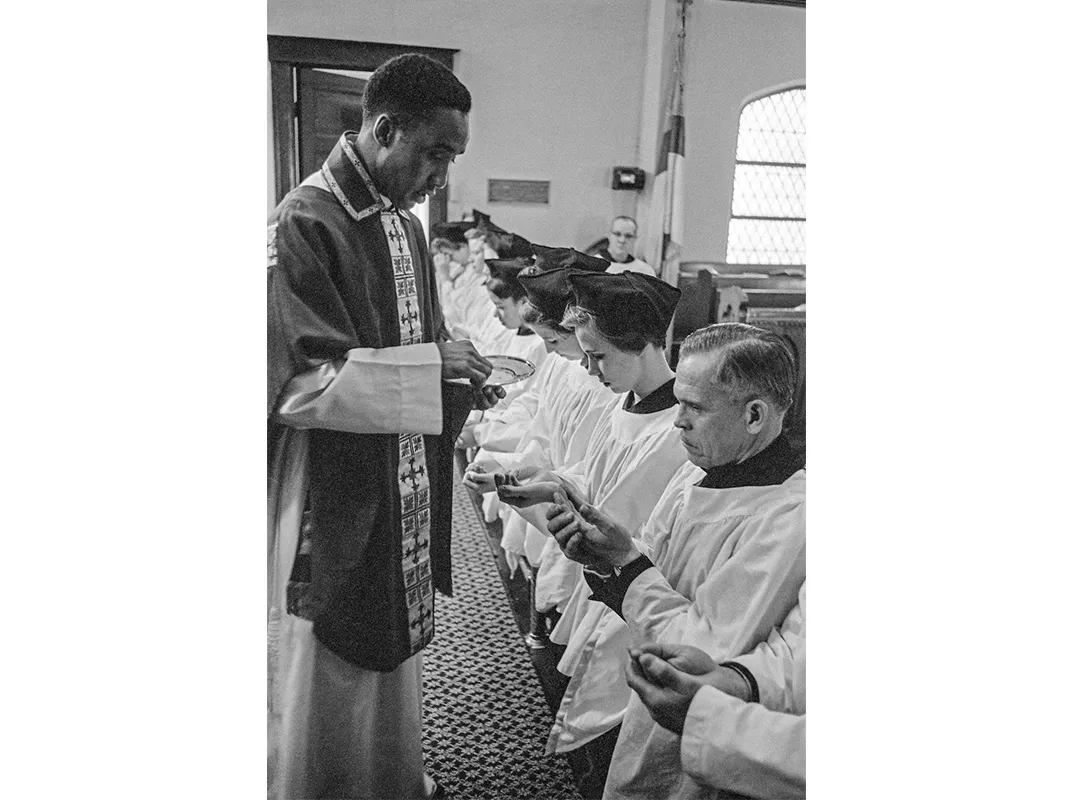
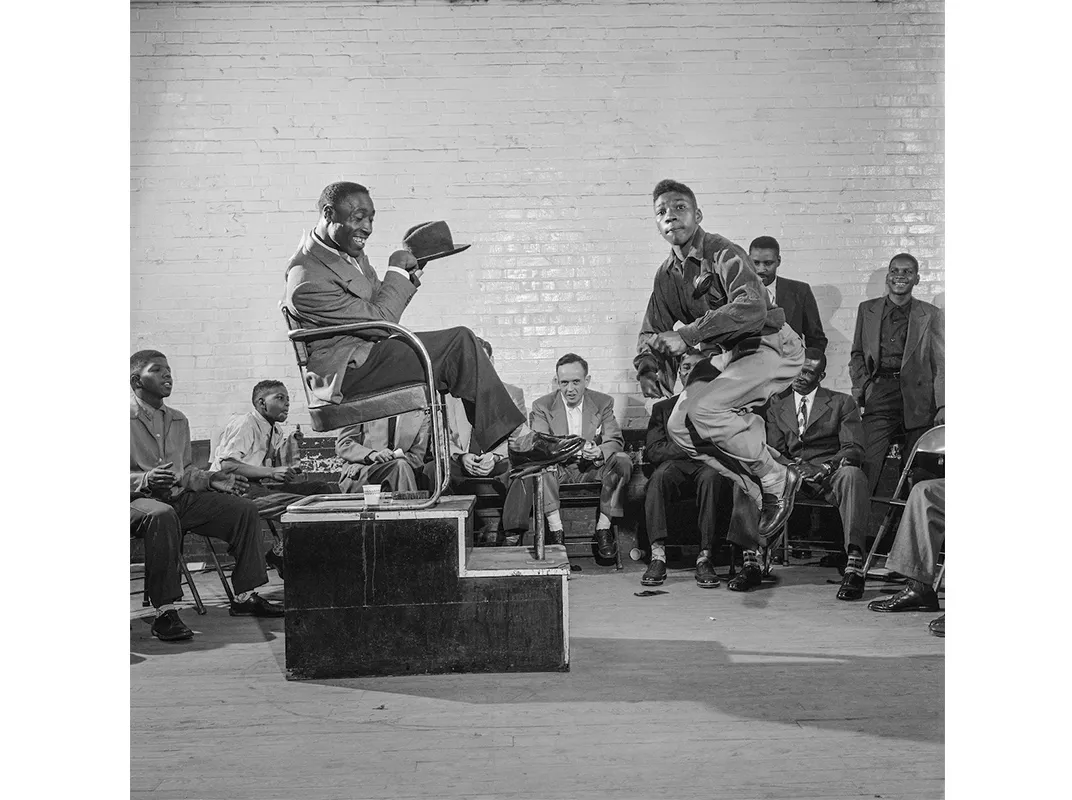

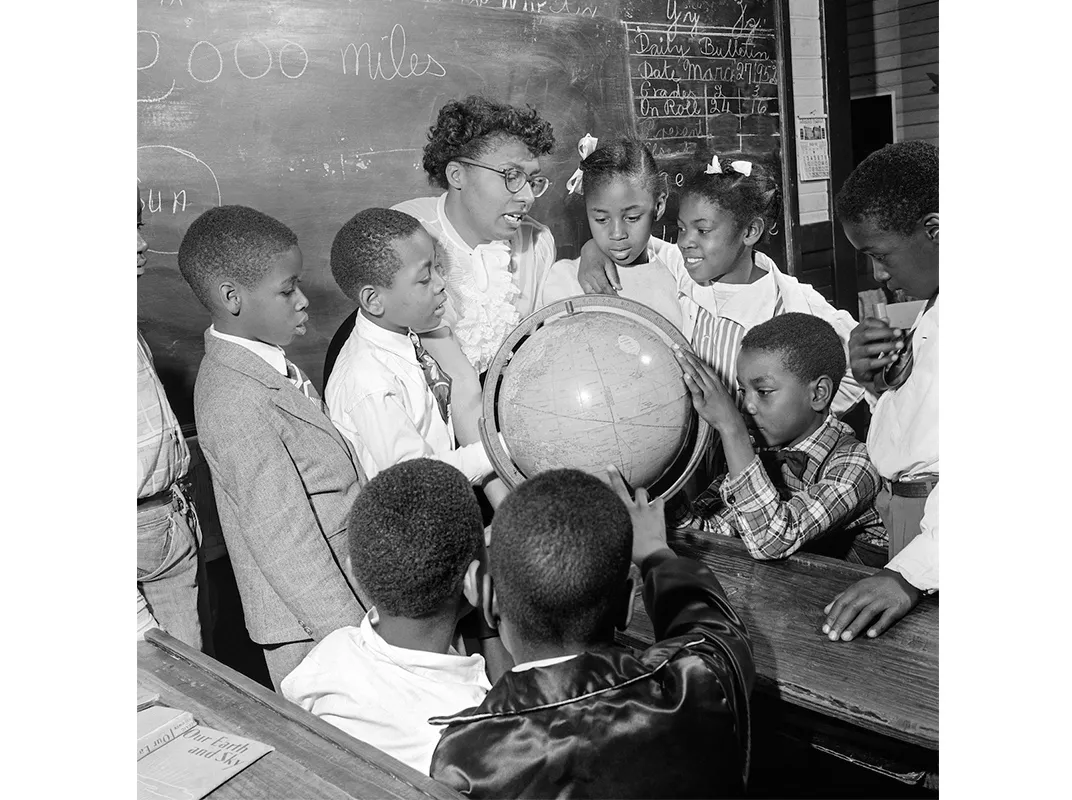
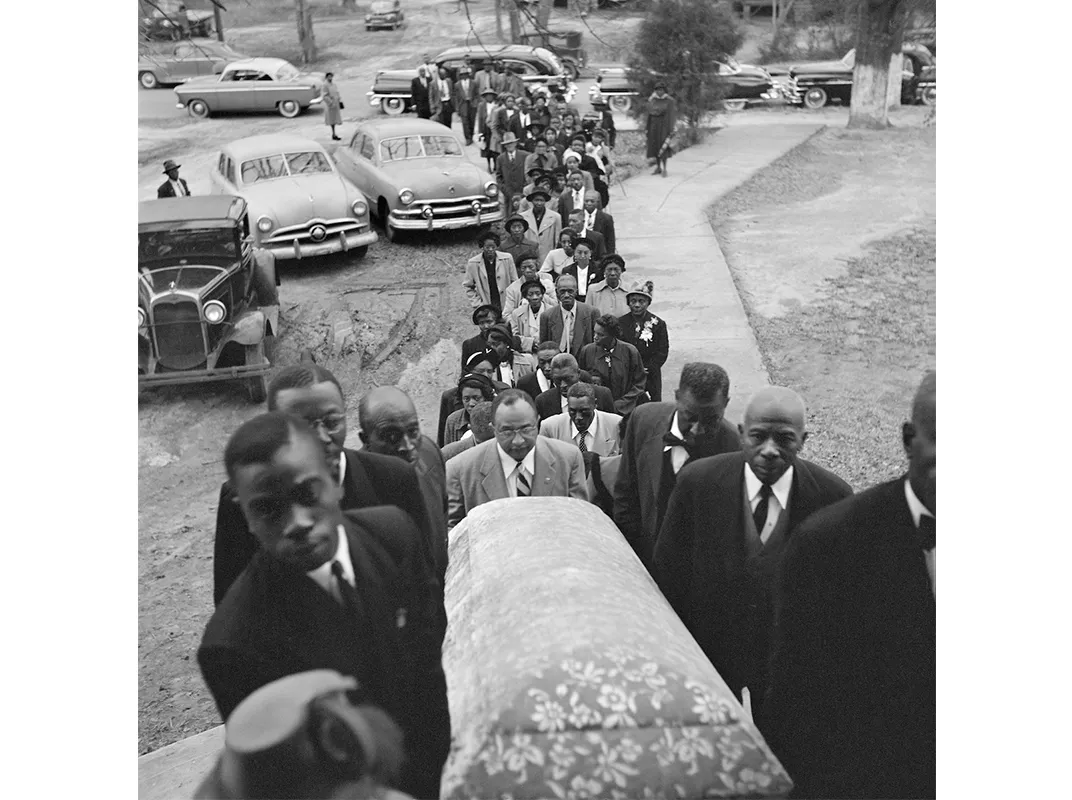
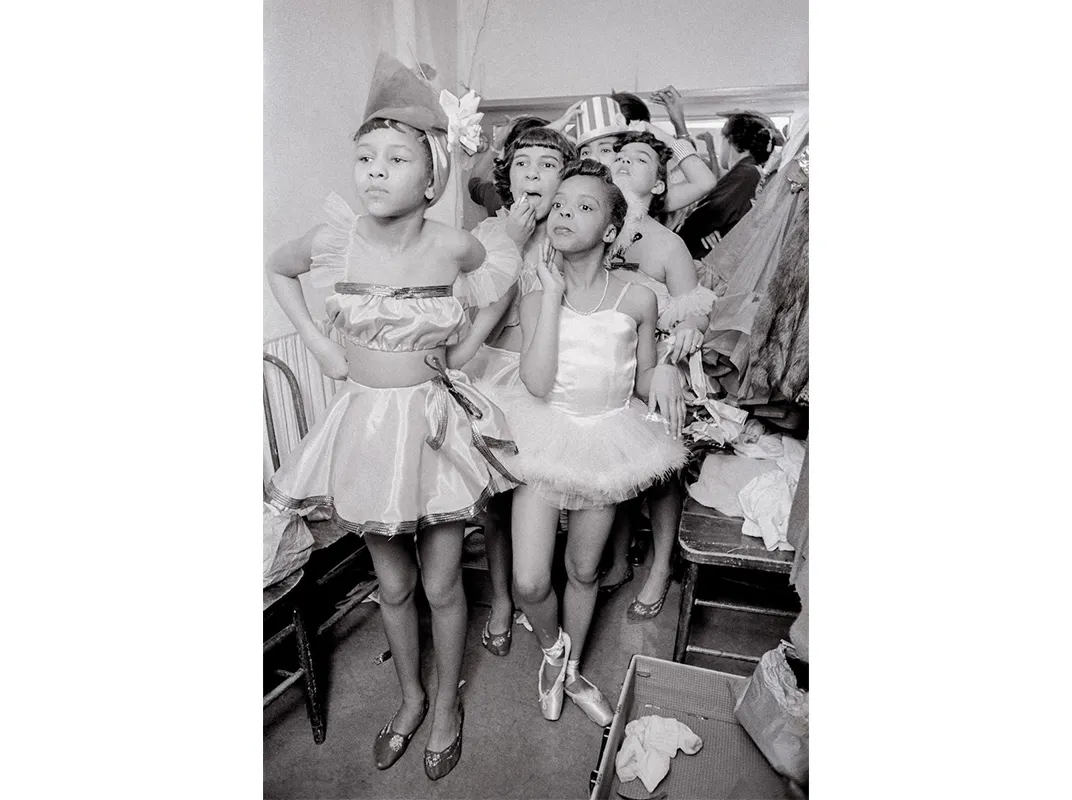
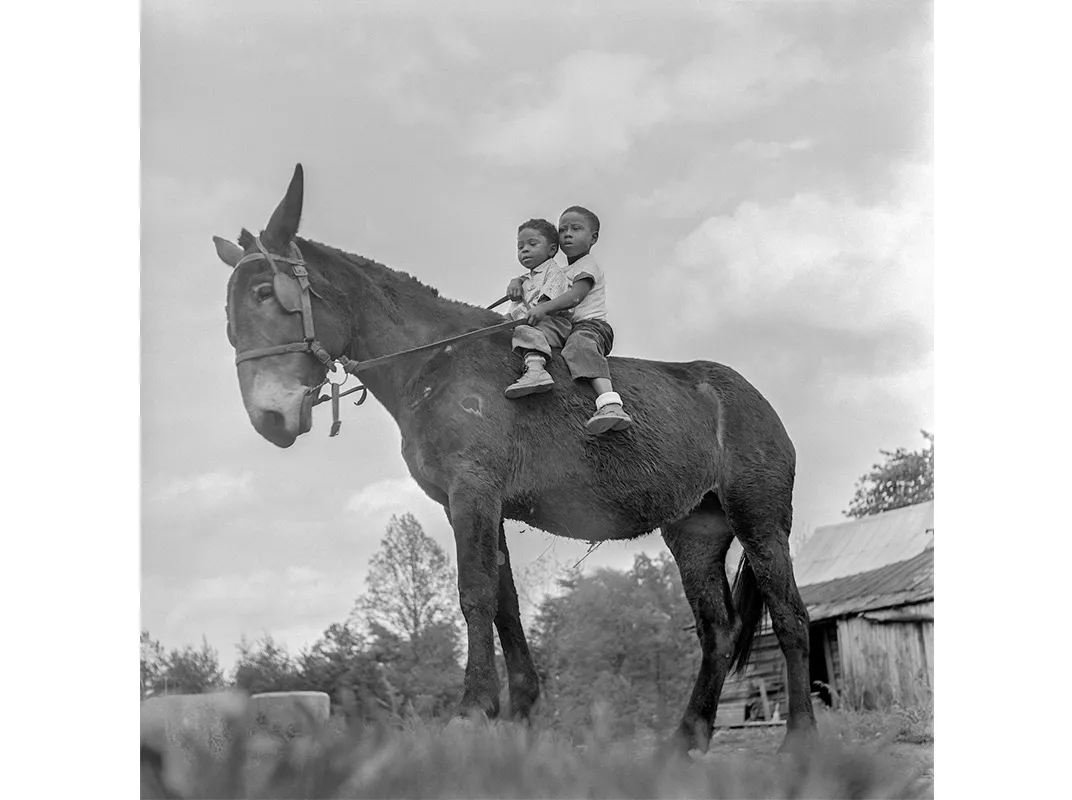
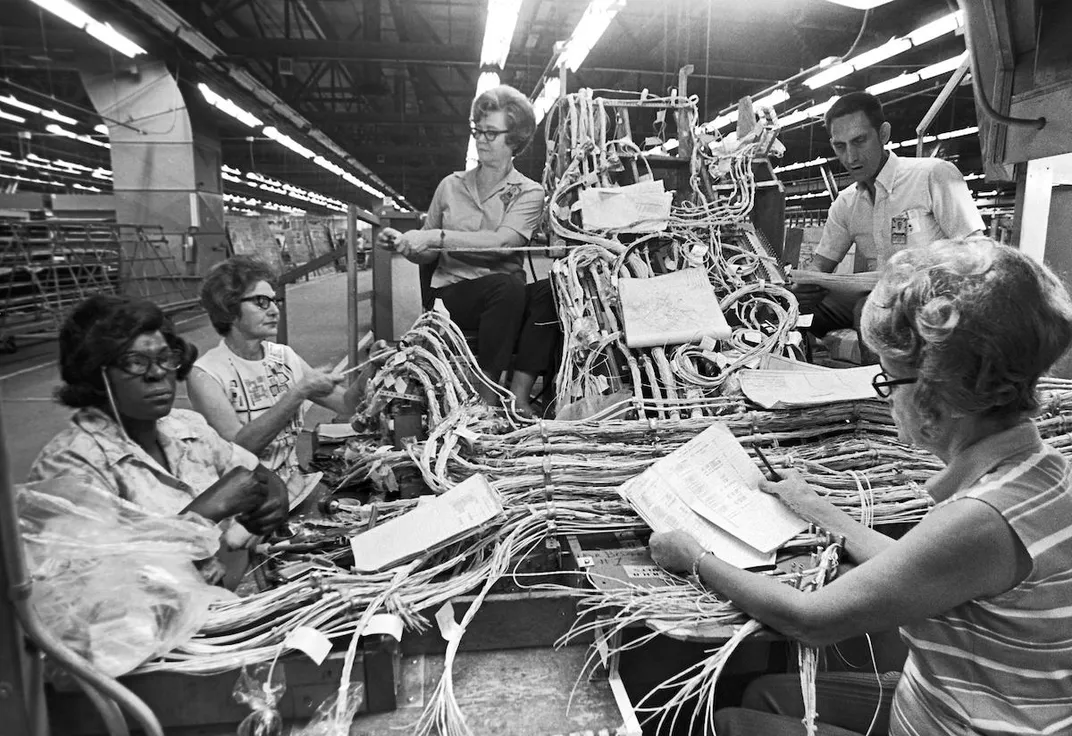
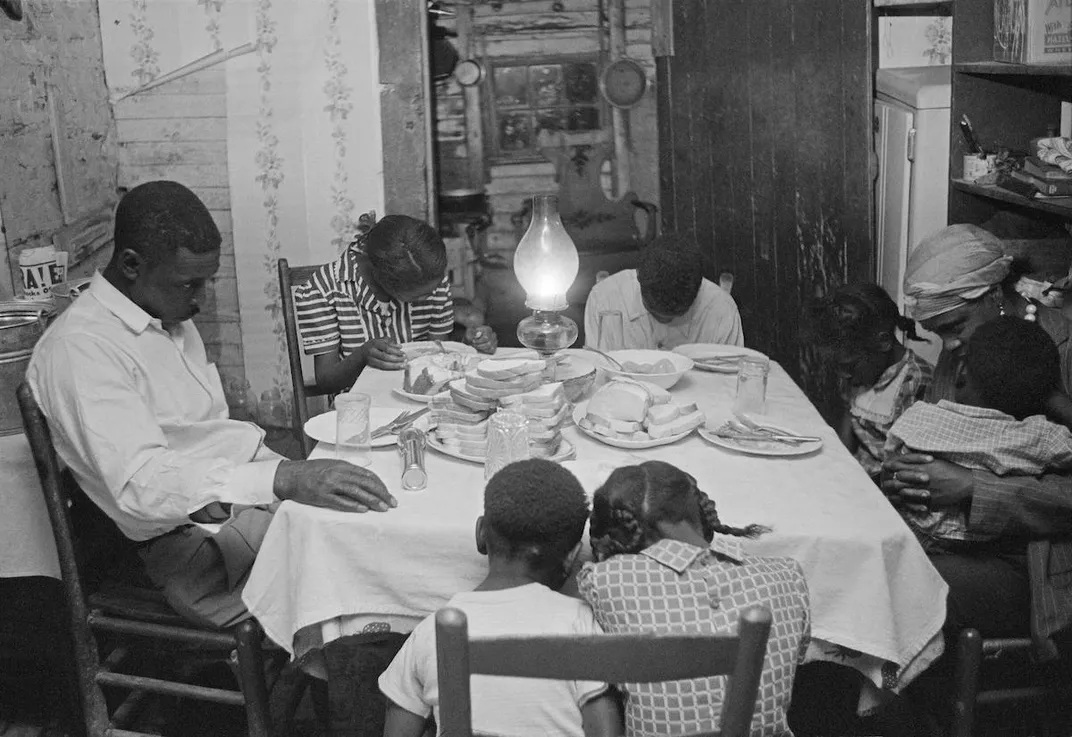
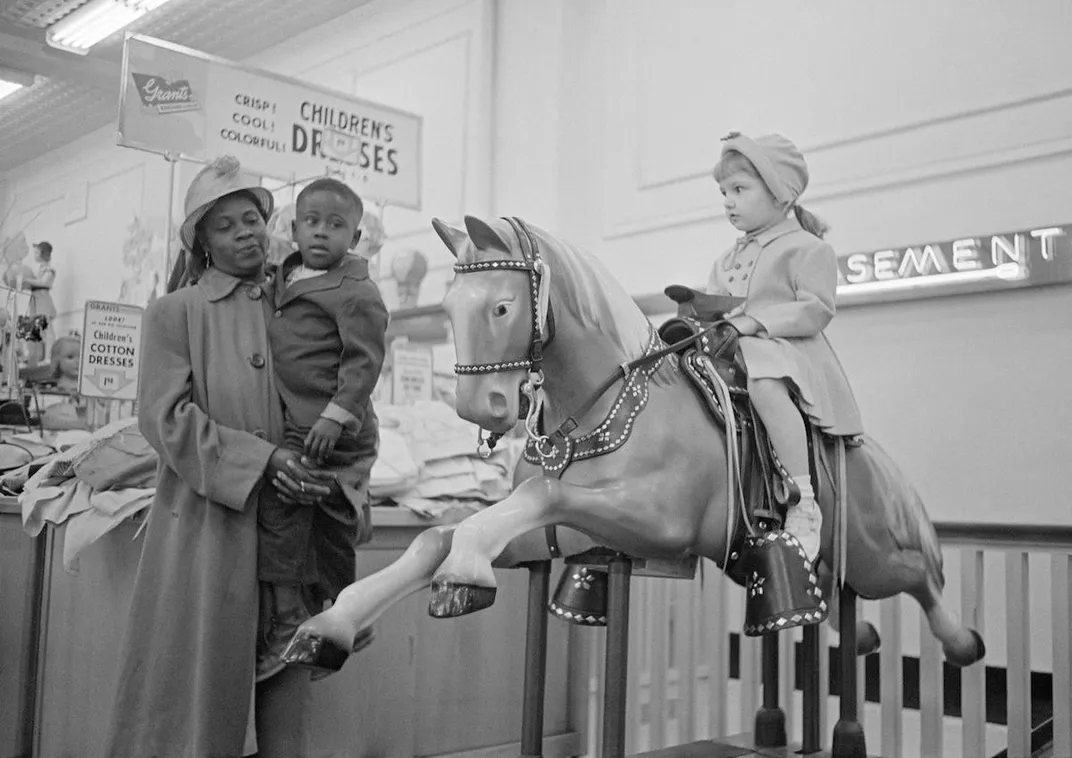
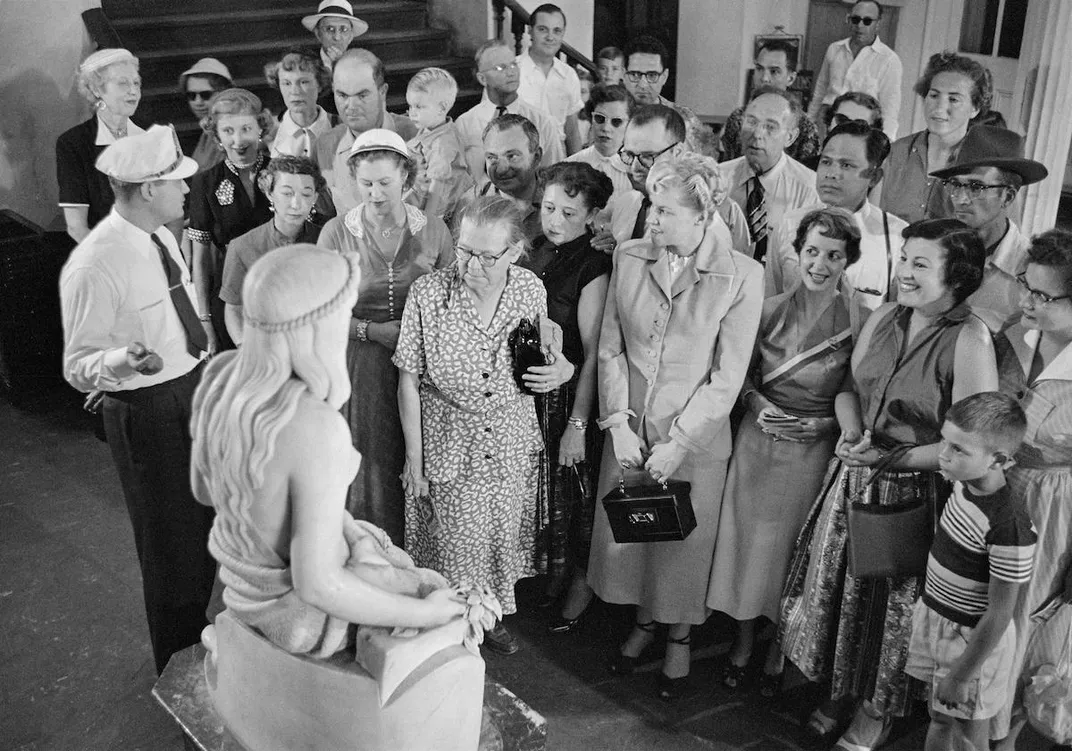
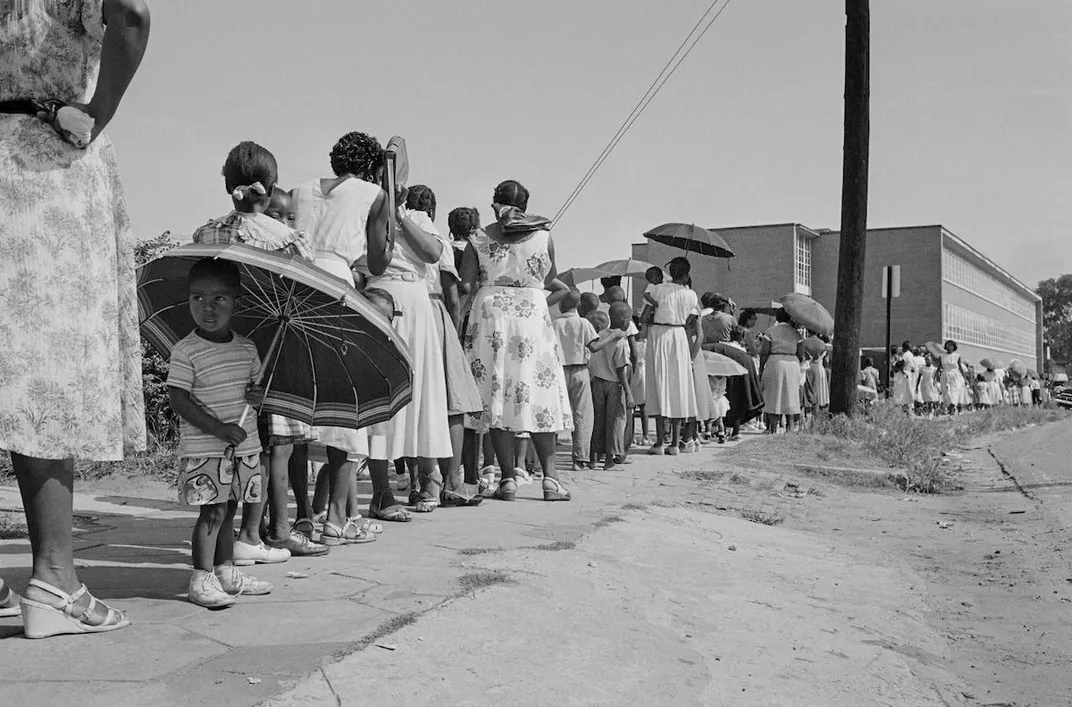
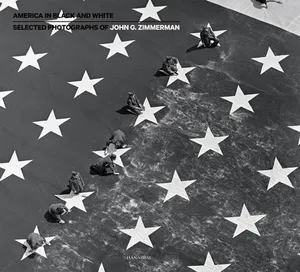
/https://tf-cmsv2-smithsonianmag-media.s3.amazonaws.com/accounts/headshot/amy.png)